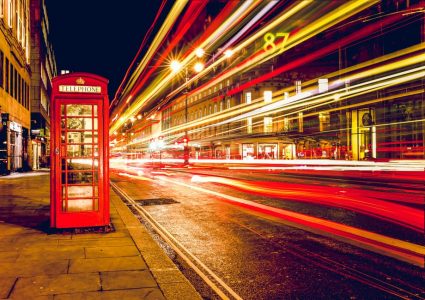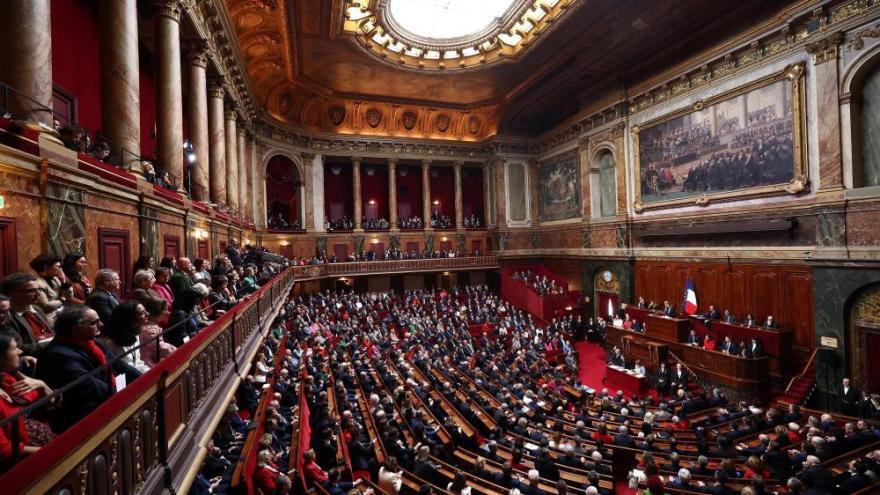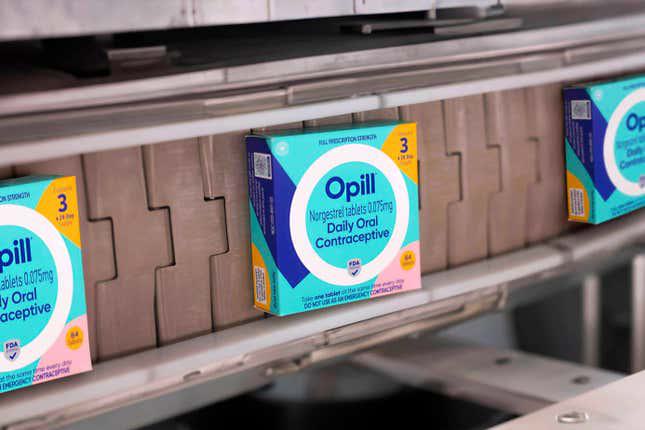Airlabs Start-Up Fights Pollution at London Bus Stops - Dispatch Weekly
December 1, 2016 - Reading time: 7 minutes

Airlabs, a UK startup, will install filters at London bus stops, underground stations and on the sides of buildings in an effort to reduce pollution in the capital.
Airlabs’ project has been given backing by SGO, a London based group that has committed themselves to tackling the problem of excessive pollution in major cities around the world.
London’s Pollution Problem Reaches a Dangerous Peak?

Pollution in London is responsible for almost 9,500 deaths every year. If nothing is done about air pollution in London then it is estimated that the average life expectancy of all Londoners born in 2010 will fall by up to 2 years, according to Trust for London research.
A 2016 YouGov poll found that 40 percent of Londoners believe air pollution is the main risk to their health
70 percent of parents were worried about their children’s health.
Oxford Street, a major London shopping hub, is often called one of the world’s most polluted streets. In 2013 it had the worst levels of nitrogen dioxide pollution in the world and data shows that this was repeated again in 2015.
In 2015 it took just 4 days for Oxford Street to exceed their legally allowed amount of pollution for the entire year, according to the Evening Standard.
Transforming London’s Air and Economy
Airlab’s technology could transform London by using a device that specializes in reducing the nitrogen dioxide pollution. This is caused by diesel vehicles such as buses, accounting for 2.29 billion journeys a year on London roads.
It could also have economic benefits for Londoners. The World Health Organization estimates that air pollution costs the U.K. $83 billion a year.
Pollution levels are increasingly important to homebuyers. Estate agents report that they are being asked more and more about pollution levels in the areas they sell in.
Speaking to the Evening Standard, Mark Hayward said, “Emission levels are very much on house-hunter’s radars.”
“Buyers want to make sure they’re investing in an area where they can bring their children up with low emissions.”
How Does the New Technology Work?
Each unit will cost around $5000 (£4000) and works best when placed at ground level, filtering the air that pedestrians regularly breathe.
Sophie Power, Airlabs’ chief executive, said of their filter:
“We take in air through the unit, which is then passed out to provide clean air where people need it.”
An independent test conducted by King’s College London found that Airlabs’ filter was capable of removing 87 per cent of nitrogen dioxide from air. But Ms Power said that the technology has been further improved since the test and is now capable of removing even more nitrogen dioxide than before.
How is Pollution Being Tackled Around the World?
According to SGO over 12 percent of all global deaths in 2012 were because of exposure to air pollution.
Right now 54% of all people live in urban areas, but according to a United Nations report another 2.5 billion people will be living in urban centers by 2050, with 90 percent of that influx happening in Asia and Africa.
3 Creative Solutions to Pollution Around the World

- London’s Santander Cycles scheme, or Boris Bikes, after the London mayor who introduced them, has meant that since 2010 over 55 million bicycles have been hired in the city, keeping streets free of congestion and saving the capital millions by reducing pollution levels.
- Plume Air Report is an app available in over 200 cities, including London and New York, that people can download to let them know when it is safest to go outside or when they should stay indoors to avoid bad pollution levels. The app tracks pollution in real-time, providing pollution forecasts and features tips and tricks to help reduce pollution at home.
- Laurence Kemball-Cook invented a tile that creates energy when walked over, which could help to reduce reliance on traditional means of energy. During the 2014 World Cup in Brazil an entire soccer field was covered in these tiles, powering the spotlights so players could play all night.
Is Airlabs a step in the right direction and is your country’s government finding enough creative solutions to solve the growing pollution crisis?

DW Staff
David Lintott is the Editor-in-Chief, leading our team of talented freelance journalists. He specializes in covering culture, sport, and society. Originally from the decaying seaside town of Eastbourne, he attributes his insightful world-weariness to his roots in this unique setting.




